NetLED Launches Wi-Fi LED Fluorescent Tube Replacement
by: Environmental Leader, 2012-01-23 14:53:09 UTC

NetLED has released a 40W LED light panel designed to replace a fluorescent tube and controllable by computer, smartphone or tablet device. Using the networking software, the fixtures can be remotely and individually dimmed to a 10 percent lighting level, allowing, for instance, brighter light above desks in use, dimmer light above desks near windows, [...]
 Proof That The Greenest Building IS The One Already Standing Released in New Report From Preservation Green Lab
Proof That The Greenest Building IS The One Already Standing Released in New Report From Preservation Green Lab
by: TreeHugger Design, 2012-01-24 20:50:00 UTC

We have been saying it for years, but now finally have the numbers to prove it. But it isn't as simple as I thought it was.
The State of Electric Vehicles in 2012
by: Eco Geek Latest, 2012-01-17 19:29:10 UTC

Electric vehicles have certainly slid from their peak of prominence at the 2010 NAIAS, but they hold a place in the overall automotive fleet that will only continue to grow. Whether or not they are going to replace the internal combustion engine is a separate debate that I don't propose to weigh in on here.
As I noted in my first article about this year's Detroit Auto Show, some kind of hybrid or EV seems to be a part of having a complete line for all the major car makers. More Priuses from Toyota, the VW E-Bugster concept, Ford's C-Max and hybrid and EV Fusion models, and other examples all add to the fleet of electric vehicles available.
In addition to the big manufacturers, there were three companies dedicated to electric drive vehicles that were on the main floor this year: Tesla, Coda, and VIA (more about these forthcoming). AMP Motors also had two vehicles on the lower level Ride & Drive track, and is exhibiting in the Concourse during the Public Show period.
While many small companies had a main floor presence with the 'Electric Avenue' that was part of the 2010 show, those three companies were there with freestanding displays, rather than just being part of a specialty side show. (By my count there are 37 nameplates on the main floor, so, by that measure, EVs are approaching 10 percent of the brands showing at NAIAS; it doesn't mean anywhere near that number of EVs are in the global fleet, but I think it does indicate that they are a growing presence in the market.)
Straight electric vehicles are still expensive to buy, and though those costs will come down, they are going to remain a barrier for many buyers. Extended-range electric vehicles offer short-range all-electric drive and plug-in economy along with range flexibility of a liquid-fueled vehicle. All-electric EVs have limitations, and aren't suitable for every driver, but neither tiny subcompacts nor monster SUVs meet every need, either. All vehicle choices include tradeoffs, and for some drivers' needs, all electric vehicles are a viable solution.
Cold weather, which has been a concern for EVs in general, seems to be starting to be addressed (after all, some EVs are going to be driven in parts of the US other than the Southwest). The newer Nissan LEAF will have seat warmers and steering wheel warmers, which will cut into the overall driving range, but will make it more comfortable to drive on cold days.
Maintenance is another factor that many electric drive companies are starting to discuss. Electric motors need much less maintenance than ICE engines, and the reduced maintenance costs will be another factor that will more readily be figured into the consumer economics of total EV ownership cost.
Lastly, if you haven't seen them already, shortly before this year's NAIAS, there was a discussion about electric vehicles between Joel Johnson's You Are Not Alone. America Hates Electric Cars (Jalopnik) and Maggie Koerth-Baker's Hey, electric cars don't totally suck: A realistic sort-of rebuttal (BoingBoing). There are good points made in both articles, and those with a strong opinion on the subject may be interested in reading these two articles as well.
image: EcoGeek
links: Green Cars at NAIAS 2012
You Are Not Alone. America Hates Electric Cars (Jalopnik)
Hey, electric cars don't totally suck: A realistic sort-of rebuttal (BoingBoing)
 Kodak Switching from Camera Film to Thin-Film Solar Cells
Kodak Switching from Camera Film to Thin-Film Solar Cells
by: Eco Geek Latest, 2012-01-20 19:45:38 UTC

Kodak may be in the middle of some financial trouble -- it just filed for bankruptcy yesterday and has shut down almost all of its camera film production -- but they're looking at solar energy as a way to a fresh start. The camera and film maker is hoping to use its already existing manufacturing processes to produce thin-film solar cells.
Kodak is working with Natcore Technology to develop and produce flexible, thin-film solar cells made of nanotubes that could match the efficiency of conventional silicon cells. Thin-film cells haven't made as much of a splash in the market yet mainly because of the efficiency lag between them and silicon cells, but thin-film is catching up.
If Kodak can make a major improvement in efficiency, they have two major advantages compared to other manufacturers: cost and experience. Kodak could use its existing and proven film production equipment to produce the solar cells, potentially cutting costs in half.
It will likely be tricky transition for the company, but we'll be interested to see if Kodak can make this work and improve on the thin-film technology available today.
via MIT Tech Review
 As Smartphones Get Smarter, You May Get Healthier: How mHealth Can Bring Cheaper Health Care To All
As Smartphones Get Smarter, You May Get Healthier: How mHealth Can Bring Cheaper Health Care To All
by: fast company, 2012-01-23 13:26:53 UTC
Smartphones and tablets are transforming the future of health care. Can we really trust them to save lives?
@font-face {
font-family: 'FCKaiserCondWebRegular';
src: url('/sites/all/themes/fc_v1/scripts/mod2011/fckaiser-cond-web-regular-webfont.eot');
src: url('/sites/all/themes/fc_v1/scripts/mod2011/fckaiser-cond-web-regular-webfont.eot?#iefix') format('embedded-opentype'),
url('/sites/all/themes/fc_v1/scripts/mod2011/fckaiser-cond-web-regular-webfont.woff') format('woff'),
url('/sites/all/themes/fc_v1/scripts/mod2011/fckaiser-cond-web-regular-webfont.ttf') format('truetype'),
url('/sites/all/themes/fc_v1/scripts/mod2011/fckaiser-cond-web-regular-webfont.svg#FCKaiserCondWebRegular') format('svg');
font-weight: normal;
font-style: normal;
}
.kaiser {font-family: 'FCKaiserCondWebRegular', Helvetica, sans-serif !important;
font-weight: normal;
letter-spacing: 1px;
line-height: 1;
font-size:40px;
}
.boxxy {display:inline-block;vertical-align:top;width:370px;}
.boxxy2 {display:inline-block;vertical-align:middle;width:200px;padding-right:10px;margin-bottom:10px;}
.boxxy span {color:#7dcdc8;}
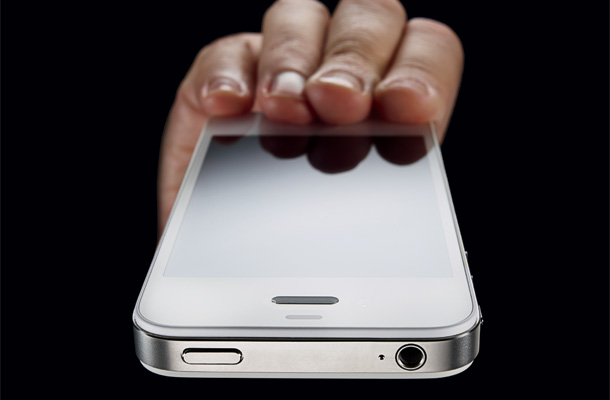 Photo by Dan Saelinger
Photo by Dan Saelinger
The average auto refractor--that clunky-looking device eye doctors use to pinpoint your prescription--weighs about 40 pounds, costs $10,000,
and is virtually impossible to find in a rural village in the developing world. As a result, some half a billion people are living with vision problems, which make it tough
to read and work.
Ramesh Raskar knew fixing this problem would be tricky. It required a new way of thinking about eye tests--and a new kind of device, one powerful enough to support
high-resolution visuals, cheap enough to scale, and simple enough to be used by just about anyone. The MIT professor briefly toyed with stand-alone options, which were
complicated and costly. Then he reached into his pocket and pulled out an unexpected savior: his iPhone.
"The displays had gotten so good, thanks to people wanting to watch episodes of Lost in high definition," Raskar recalls. "I was immediately energized."
By creating an app and attachment for the popular smartphone, Raskar could tap into a huge existing user base and skirt millions in distribution and manufacturing costs.
The result: a plastic clip-on eyepiece that uses an on-screen visual test to determine a patient's "refractive error" (a number doctors then use to dole out prescriptions).
When his startup, EyeNetra, begins market testing later this year in Brazil, India, and Mexico--and eventually in the U.S.--its tech will deliver all the functionality of an
optometrist's costly machine for less than $30.
What Dr.
Smartphone can do for you 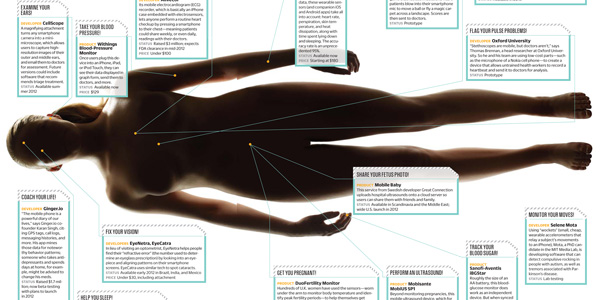
Click to enlarge 
This is the thrilling, disruptive potential of "mHealth," the rapidly growing business of using mobile technology in health care. Leveraging the wonders of a device
that's fast becoming ubiquitous--two in three people worldwide own a cell phone--a new generation of startups is building apps and add-ons that make your handheld work like
high-end medical equipment. Except it's cheaper, sleeker, and a lot more versatile. "It's like the human body has developed a new organ," says Raja Rajamannar, chief
innovation officer at Humana. Smartphones can already track calories burned and miles run, and measure sleep patterns. By 2013, they'll be detecting erratic heartbeats,
monitoring tremors from Parkinson's disease, and even alerting you when it's prime time to make a baby.
At stake is the future of health care--and a share of the $273 billion medical-device industry, which is dominated by the likes of GE and Philips. Although today's
mHealth market barely tops $2 billion, experts predict that number will skyrocket over the next decade as smartphones get smarter and patients lose, well, patience with the
high costs and hassles of health care. "Why prescribe a $1,000 test in the hospital when all you need is a heart rate?" asks Leslie Saxon, a cardiologist who heads the
University of Southern California's Center for Body Computing. With inexpensive new technology, she notes, "I could tell a patient to go to the drugstore and buy an ECG
[electrocardiogram] sensor for her phone."
But can we really trust our phones to dispense medical data? That's the question facing the FDA, which has spent the past year or so putting pioneering mHealth products
through rigorous evaluations. "We had to show that our phone-computing platform and display quality were on par with existing devices," says Sailesh Chutani, CEO of
Mobisante, whose ultrasound attachment was sanctioned in January--after about a year of costly back-and-forth. With this first wave of devices approved and a mobile-specific
set of guidelines to be finalized later this year, the FDA expects to streamline its approval process, which should juice the mHealth market. "Regulatory clarity almost
always drives investment--provided it's not a big, clear no," says Joseph Smith, who helps run the West Wireless Health Institute.
Whether these tools actually make us any healthier, however, will depend on how we use them. Given the ability to record our snacks, thoughts, naps, movements, and more,
"we will be overwhelmed with data," warns John Moore, a lead researcher in the New Media Medicine group at the MIT Media Lab. "We need a holistic vision to make it all
meaningful and motivating." Among other advances, that vision will require a seamless flow of data across myriad devices and platforms--think how the MP3 format transformed
the music industry--and a physicians' movement to adopt electronic medical records. (Right now, only a third of them have.) And even then, there's no guarantee these tools
will change behavior. Will we stop eating sugary foods? Or, as Smith wonders, will we just be staring curiously at "phones that show glucose readings in three colors"?
Corporate titans are racing to find out. Johnson & Johnson, the world's largest medical-device maker, recently invested in sleep-monitoring technology from Zeo, a
Massachusetts-based startup. Best Buy is funding earbuds that can monitor your heart rate. AT&T helped seed an
employee-wellness program with WellDoc, whose apps help users manage diabetes, among other conditions. And Qualcomm, the renowned chipmaker, just launched a subsidiary
that's helping to develop all kinds of mHealth devices. "Will this nascent technology attract consumers, health-care providers, and health-care payers?" says Don Jones, a VP
at Qualcomm. "The entire world is keeping its fingers crossed."
Anatomy Of A
Handheld Hospital
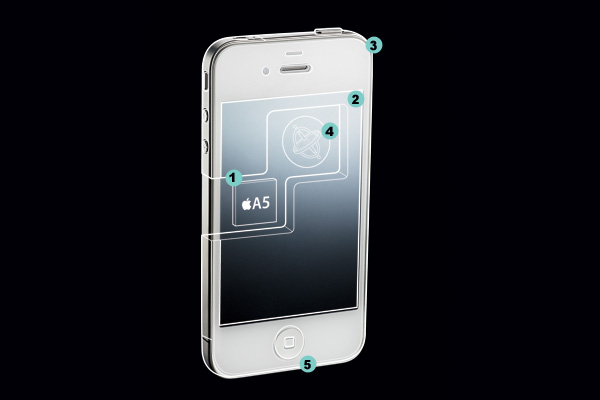
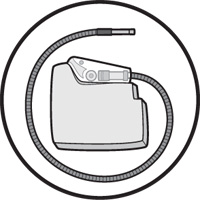
1 Processor that can power a pacemaker Smartphones run
superfast (in excess of 1 GHz) without consuming much power, much like top-notch pacemakers and cardiac defibrillators.
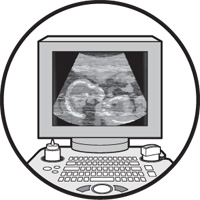
2 Display that can assess an
ultrasound The iPhone 4S's resolution (300 pixels per inch) is on par with most hospital-grade ultrasound monitors, and small screen size won't matter
once projection tech takes off.

3 Camera that can capture cells The
HD video camera, which shoots 30 frames per second, is more advanced than some of the ones in colonoscopes, which doctors use to seek out potentially cancerous tissue.

4 Accelerometer that can guide physical
therapy The three-axis accelerometer captures the same subtle movements--tilts, shocks, rotations--as APDM motion sensors, which are used to monitor
patients' Parkinson's disease and help them through physical therapy.
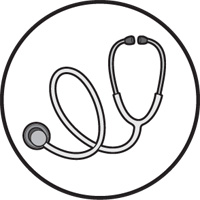
5 Microphone that can hear your heart Because of its flat-frequency response rate--which drastically reduces noise distortion--a smartphone mic (with help from an amplifying attachment) can detect a heartbeat
almost as well as a $500 electronic stethoscope.
[Illustrations by Brown Bird Design]
A version of this article appears in the February 2012 issue of Fast Company.


 Prefab homes that are stylish, sustainable (video)
Prefab homes that are stylish, sustainable (video)
by: Gizmodo , 2012-01-23 18:46:48 UTC
Simpatico Homes constructs eco-friendly, modern houses out of factory-built modules. The inspiration? Joseph Eichler. SmartPlanet's Sumi Das takes a tour of a prototype.
Can your car run on seaweed? This startup thinks so
by: Gizmodo , 2012-01-20 19:51:27 UTC
Converting seaweed sugar to fuel sidesteps land-use and fresh-water issues posed by conventional biofuels, Bio Architecture Lab argues.
Originally posted at News - Cutting Edge
Mesh Lights by Arik Levy
by: mocoloco, 2012-01-21 03:53:10 UTC



 Promoting Everyday Green Actions with Recyclebank
Promoting Everyday Green Actions with Recyclebank
by: Greener Design, 2012-01-22 08:45:27 UTC
The CEO of the "gaming for good" site talks about the rapid growth of the world's largest consumer-facing sustainability platform, getting businesses to see the value in recycling, and scaling up for future generations.

 IBM Spearheads Coalition Working on Green Innovation
IBM Spearheads Coalition Working on Green Innovation
by: Greener Design, 2012-01-17 22:20:21 UTC
Nearly a dozen companies, including the likes of IBM, The Coca-Cola Company, CH2M Hill, Johnson & Johnson and General Motors, have partnered with the World Environment Council to launch the Innovations in Environmental Sustainability Council.


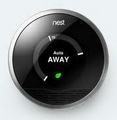
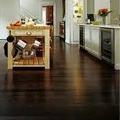
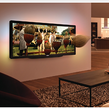



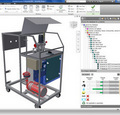


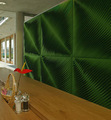
Comments by our Users
Be the first to write a comment for this item.